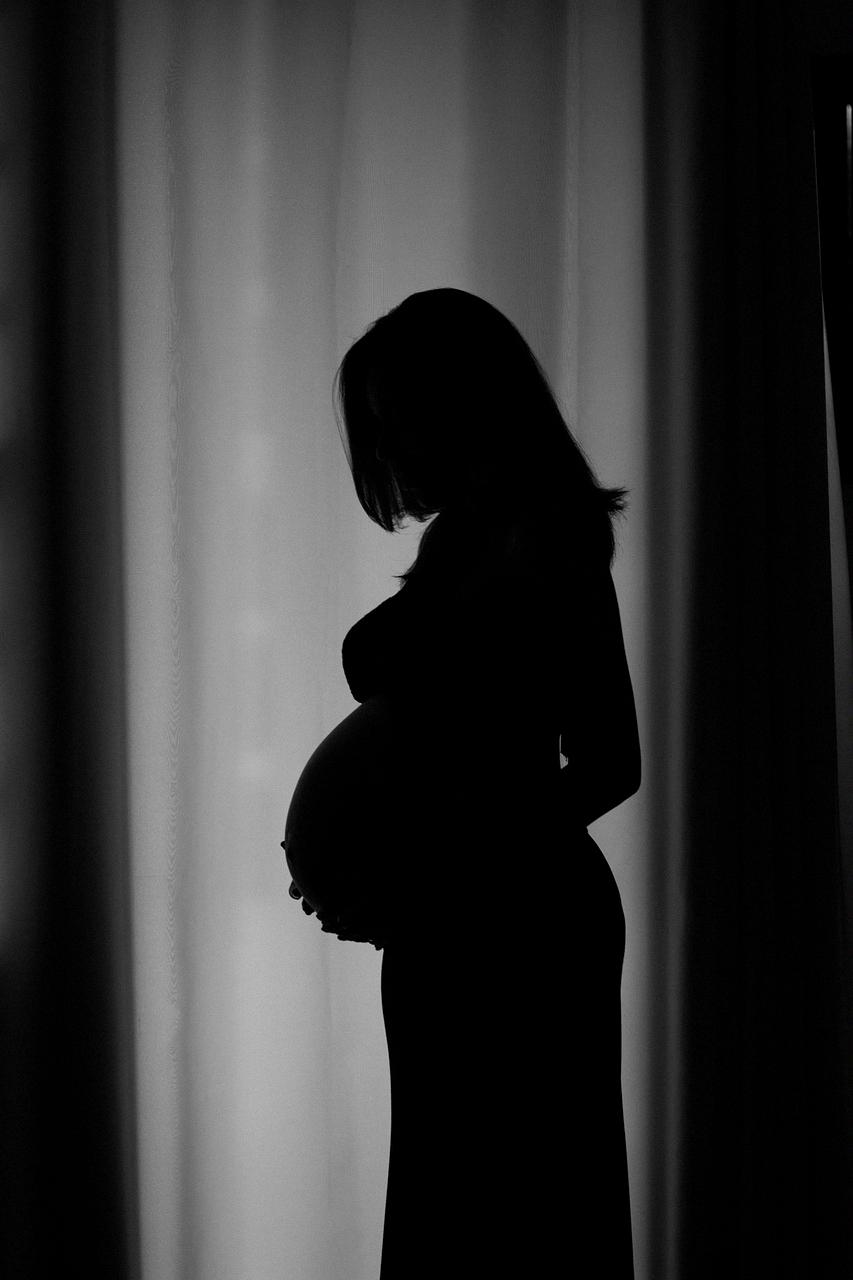When it comes to the reproductive cycle of cows, a key aspect to consider is how often cows come in heat. This crucial process, also known as estrus, plays a vital role in the breeding and reproduction of cattle.
The Frequency of Estrus Cycles
On average, cows come in heat every 18-24 days, with an average cycle length of around 21 days for non-pregnant cows. This means that cows have the potential to enter estrus approximately every three weeks, depending on individual variations within the herd.
Duration of Heat Period
During the heat period, cows typically exhibit signs such as increased activity, restlessness, mounting other cows, and a higher level of vocalization. This phase usually lasts for an average of 14-15 hours, although it can range from 2 to 30 hours in some cases.
Variability in Estrus Length
While the typical duration of heat in cows is around 14-15 hours, it’s essential to recognize that individual cows may vary in the length of their estrus cycles. Factors such as age, health, nutrition, and environmental conditions can influence the duration of the heat period.
Effect of Pregnancy and Lactation
In pregnant cows, the frequency of heat cycles may be altered due to the hormonal changes associated with pregnancy. Similarly, lactating cows may exhibit irregular estrus patterns as their bodies prioritize milk production over reproductive cycling.
Signs of Heat Detection
Proper heat detection is crucial for successful breeding programs in cattle. Farmers and breeders need to be vigilant in observing signs of heat, such as standing heat, increased mucous discharge, mounting behavior, and the use of heat detection aids to accurately determine the timing of estrus.
Optimizing Breeding Strategies
Understanding the frequency and duration of cows coming in heat is vital for optimizing breeding strategies on a cattle farm. Timely detection of estrus and efficient breeding practices can help maximize reproductive efficiency and overall herd productivity.
Challenges in Heat Detection
While the average interval between heat cycles in cows is around 21 days, challenges such as silent heats or suboptimal heat expression can make accurate heat detection challenging for farmers. Utilizing technology and expert guidance can assist in overcoming these obstacles.
Environmental and Seasonal Influences
The environment and seasonal changes can also impact the frequency of estrus cycles in cows. Factors like temperature, daylight length, and nutritional availability can affect the timing and intensity of heat periods, requiring farmers to adapt their breeding strategies accordingly.
Health and Nutrition Considerations
Maintaining optimal health and nutrition for cows is essential for regulating their reproductive cycles. Adequate feed, mineral supplements, and regular veterinary care play a critical role in ensuring that cows cycle regularly and exhibit healthy signs of heat when it occurs.
Importance of Reproductive Management
Efficient reproductive management practices are essential for maximizing the breeding potential of cows. By understanding the frequency of cows coming in heat and implementing effective heat detection techniques, farmers can enhance their breeding programs and achieve desired reproductive outcomes.
Conclusion
In conclusion, the regularity and duration of cows coming in heat are vital aspects of cattle reproduction that require careful attention and monitoring. By staying informed about the estrus cycles of cows and adopting proactive breeding strategies, farmers can ensure the successful reproduction and growth of their cattle herd.

